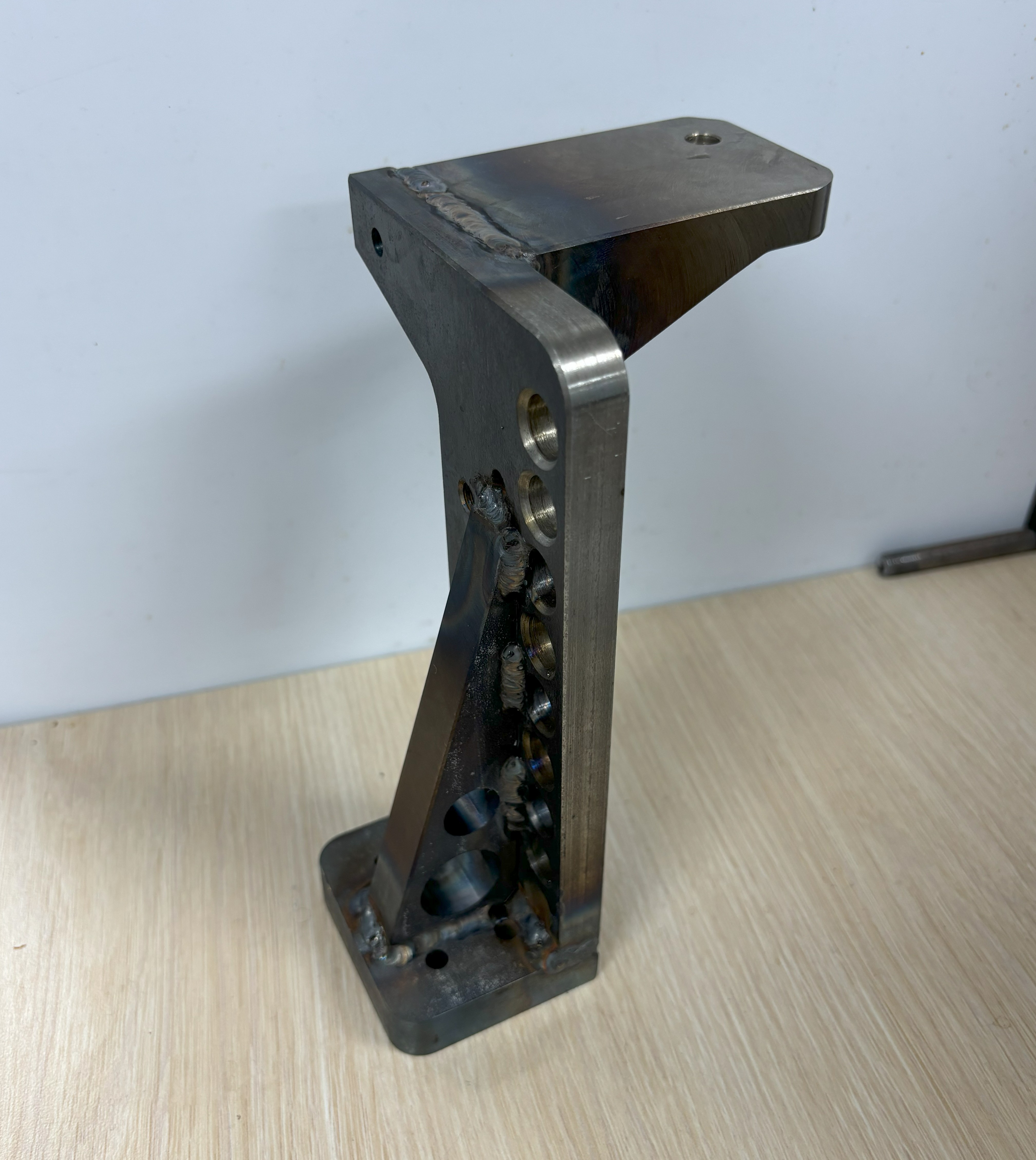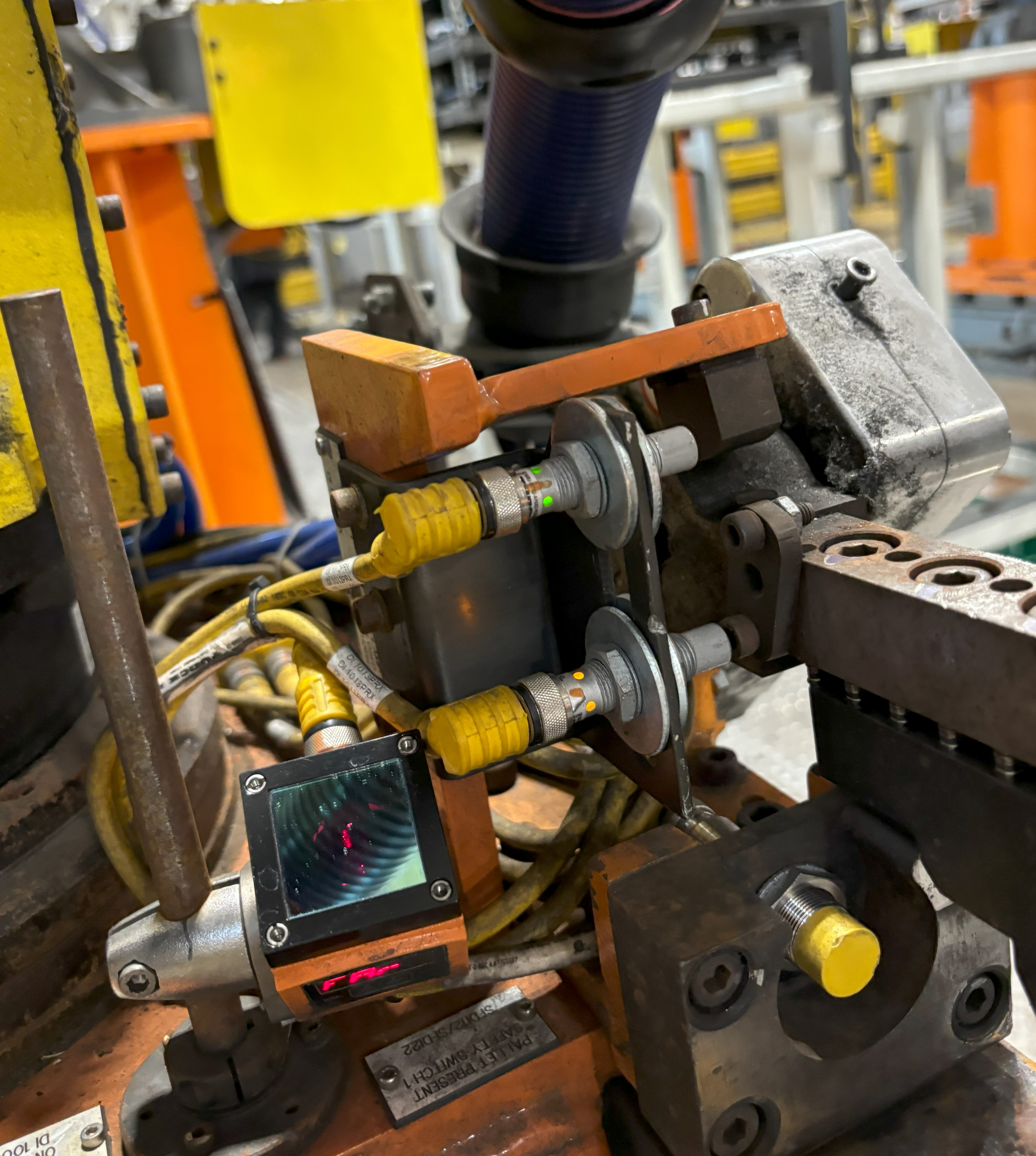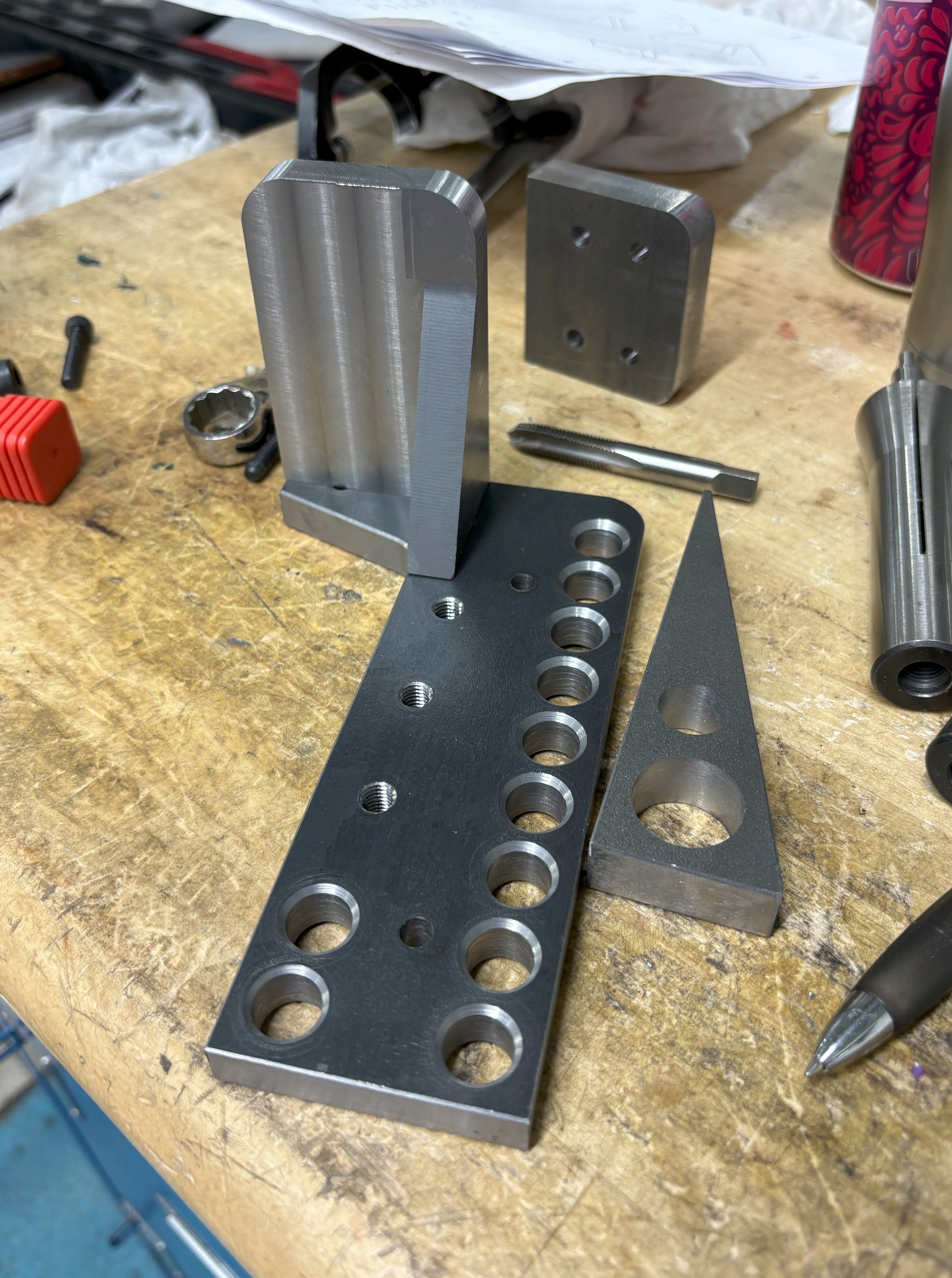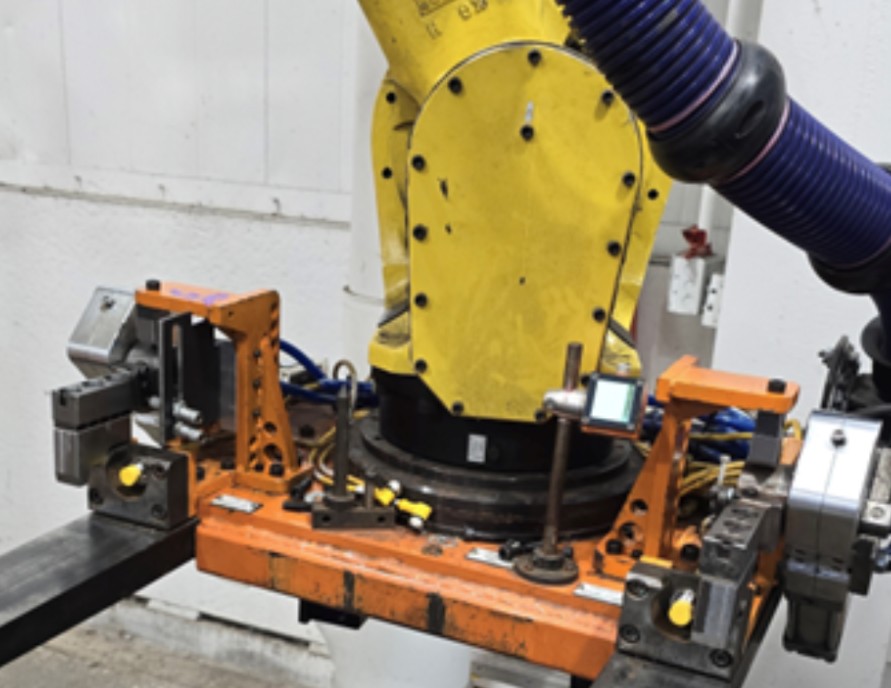Seat Unload Robot Mount





During my time as an inten at Stellantis in the summer of 2024, I worked in the Detroit Assembly Complex Mack and designed non-production parts for the general assembly maintenance team. The goal of my work was to increase the utilization of the in-house toolmaker shop and decrease the need for outsourcing part manufacturing. One of the parts I designed was implemented into the seat dock unload robot and created savings upwards of 500,000 dollars a year.
My goal was to increase the strength of the part by 55% without increasing the weight by more than 15%. I used SOLIDWORKS CAD and FEA to model and test the seat dock mount, and created a part drawing to communicate my design to the toolmaker shop. The toolmakers then manufactured the different components on a mill and welded them together. In the end, I increased the strength of the part by 63% while increasing the weight by only 13%.
During the seat unload phase of the factory's production line, a hydraulic clamp was raised and lowered to grab and hold the seat pallets. The clamp however, could only raise to 35 degrees before it made contact with and damaged the pallet. My part was used as a manual stop during every cycle to keep the clamp at 35 degrees.
The current part consistently deformed due to a lack of supports. Every time the part deformed, the part presence sensors on the clamp would misaligned and cause a line stop. Every minute that it took to bend the part back into place would cost the factory tens of thousands of dollars.
It was crucial when creating the part that there wasn’t an excessive weight addition. Due to the location on the end of a four jointed robot arm, every ounce counted.
I worked closely with robotics and manufacturing engineers to iterate through designs that would strengthen the part. In the end, my design increased the thickness of the steel used, added supports, and created pockets in the part to decrease weight. Each design was tested using SOLIDWORKS FEA and finally, a design was chosen that increased the strength of the part by 63%.
For Manufacturability, the part was divided into four components. I created design drawings for each component and worked closely with the toolmaker shop to communicate my design. After each component was manufactured, they were welded together to create the final part.
After the final part was welded together, it weighed only 13% more than the original. The part was then painted orange and installed on the seat dock unload robot. During the final three weeks of my internship when the part was installed, there were zero line stops due to misaligned part presence sensors.